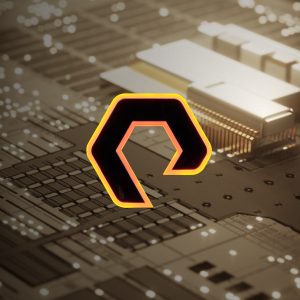Hybrid Storage vs. SSD
So how do SSHDs stack up against SSDs? Because SSDs have superior read and write times than HDDs, SSHDs will always be limited by their HDD components. For the data that doesn’t get prioritized by flash memory, performance will only be that of an HDD.
Why Use Pure All-flash Arrays vs. Hybrid Flash Arrays?
At the enterprise level, the benefits of these various storage options can be scaled up and defined as an “array.” Many of the same principles from the data storage applications above apply. To summarize:
All-flash arrays use non-volatile, flash-only SSDs for data storage. With no moving parts and data that wouldn’t be affected by a power outage, they provide the best performance for an organization’s data center.
While IT managers may have previously been concerned about the cost of using an all-flash system, the price of high-capacity SSDs is coming down steadily. In return, you get a reduced form factor, faster access to data, and employee-critical applications, while also producing less heat and using less electricity.
Hybrid flash arrays use a mixture of HDDs and SSDs to provide a boost in performance compared to that of a traditional HDD array. Adding a small number of SSDs to make a hybrid storage array will provide a performance increase over HDDs alone. The SSDs work to move frequently accessed data into the faster flash memory.
There are concerns about hybrid storage, including access speed and latency, as well as fears about security, compliance, and data portability. There is no substitute for the performance an all-flash array can provide.
Pure Storage® offers higher performance, capacity, and agility at a lower cost than hybrid storage and HDDs. All-flash arrays (AFAs) are not only revolutionizing storage with cloud-like application, consolidation, and agility, they’re also usually the more economical choice. Check out FlashArray//C to see how Pure delivers hybrid economics with SSD performance.






